CHARGING FORWARD! – 2021 Jeep® Wrangler Unlimited Rubicon 4xe AEV JT350:
AEV Is Offering Modified Versions Of The Wrangler 4xe...
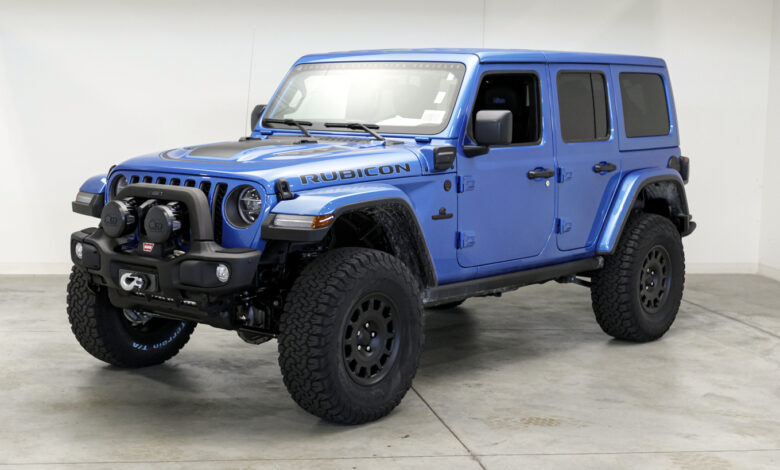
Just a couple of months ago, we talked about the 2021 Jeep® Wrangler Unlimited Rubicon 392 JL370 from off-road industry leader, American Expedition Vehicles (AEV). While the AEV JL370 is the most aggressive package that AEV offers, there is a JL350 package that also amps up the off-road capability of the iconic Wrangler (JL) SUV, without sacrificing the Wrangler’s driveability on the street.
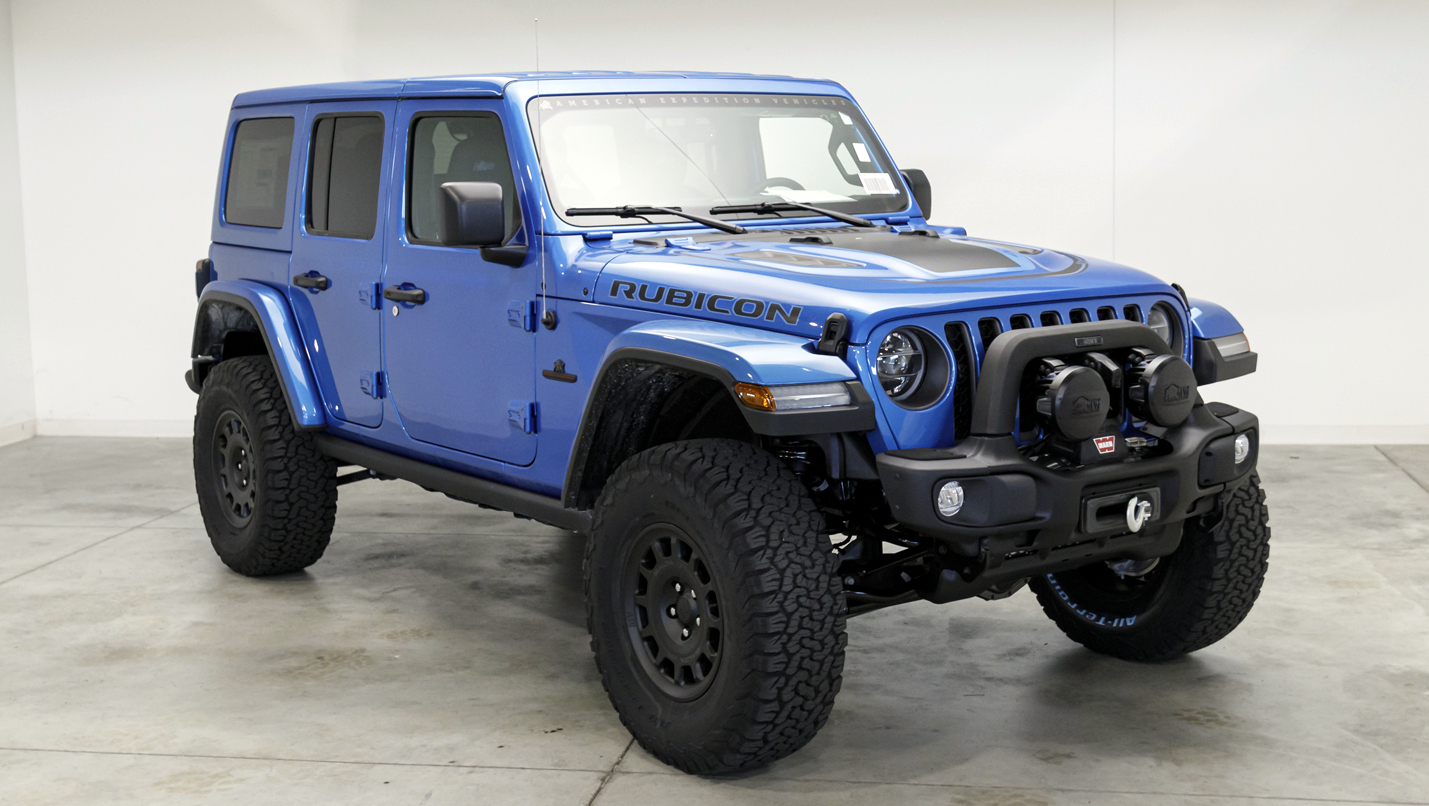
Now, while AEV does offer a JT350 package for the Gladiator, the JL350 package is very similar but tuned more for the workings of the Wrangler. AEV has performed the package on several different variants of the Wrangler, but we were quite pleased to see that they have also included the all-new Wrangler Unlimited Rubicon 4xe in the upfit as well.
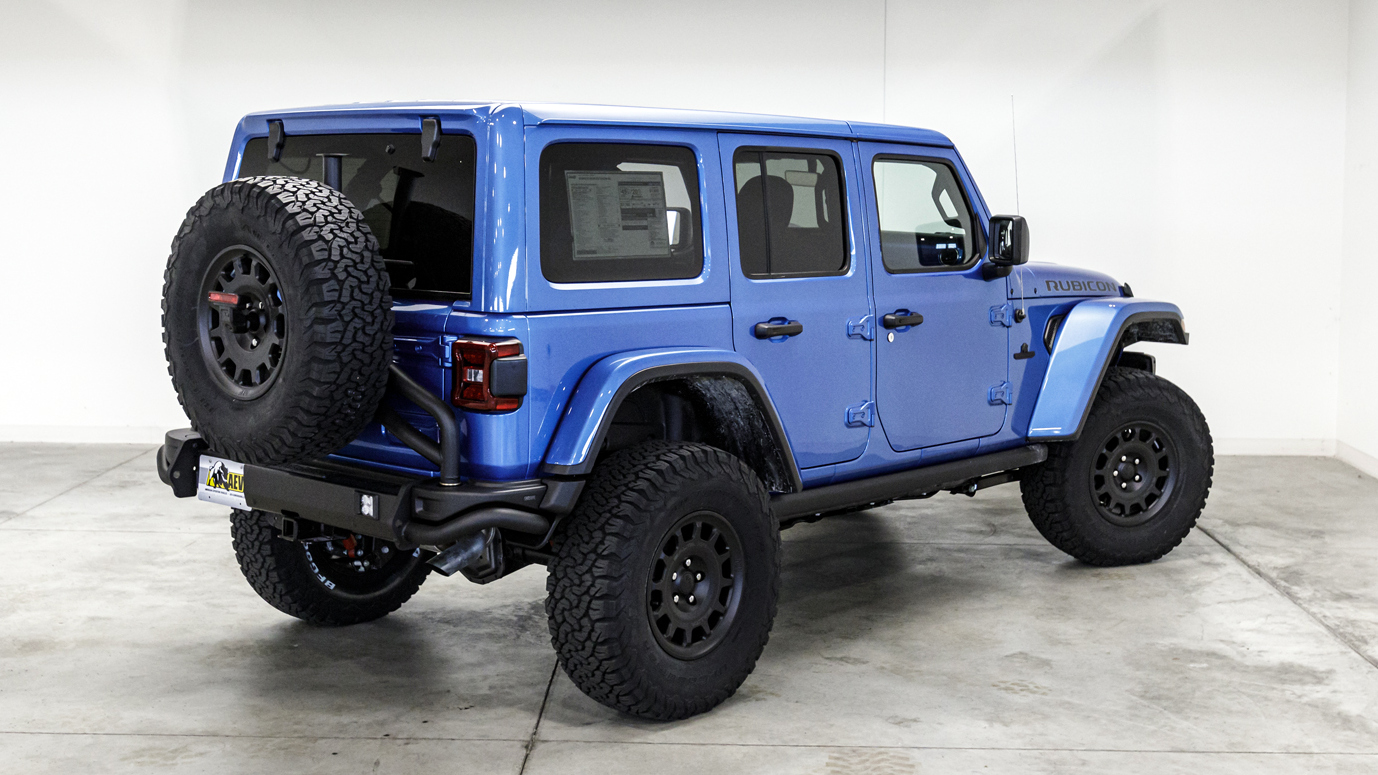
The Jeep Wrangler Unlimited 4xe’s propulsion system combines two electric motors, a 2.0-liter I-4 engine and 8-speed automatic transmission for nearly silent propulsion and enhanced 4×4 off-road capability, without EV range anxiety. This arrangement enables the Trail Rated Jeep Wrangler Unlimited to retain running gear that includes solid front and rear axles, a full-time two-speed transfer case, fully articulating suspension, and 30 inches of water traversing capability.
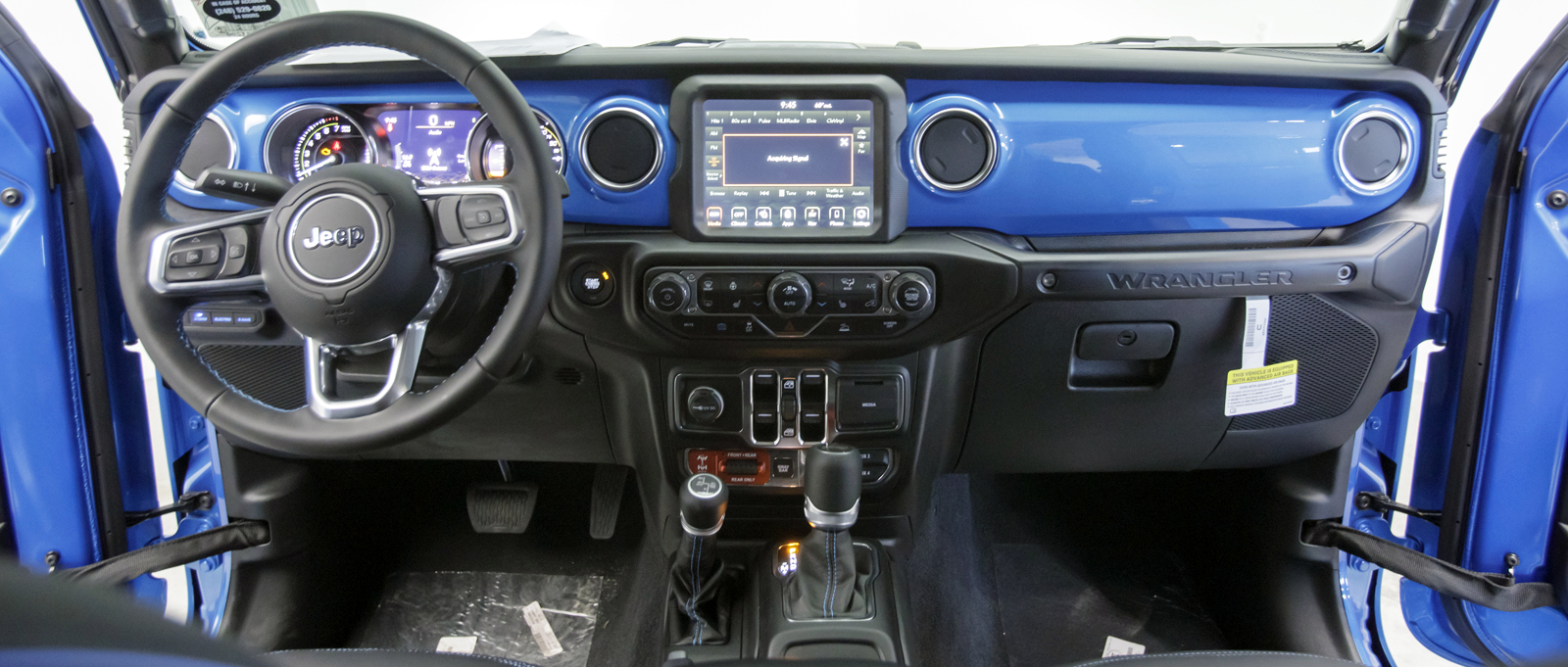
The “E Selec” modes let the driver tailor the Jeep Wrangler Unlimited 4xe propulsion to the trip: Hybrid, Electric, and eSave, which conserves the battery pack charge for later use. The Wrangler Unlimited 4xe’s 17-kilowatt-hour battery pack recharges in about two hours on Level 2 (220-volt) power and about 12 hours on Level 1 (110-volt) household power.
The Wrangler Unlimited 4xe’s propulsion system is good for 375 horsepower (280 kW), 470 lb.-ft. (637 N•m) of torque combined.
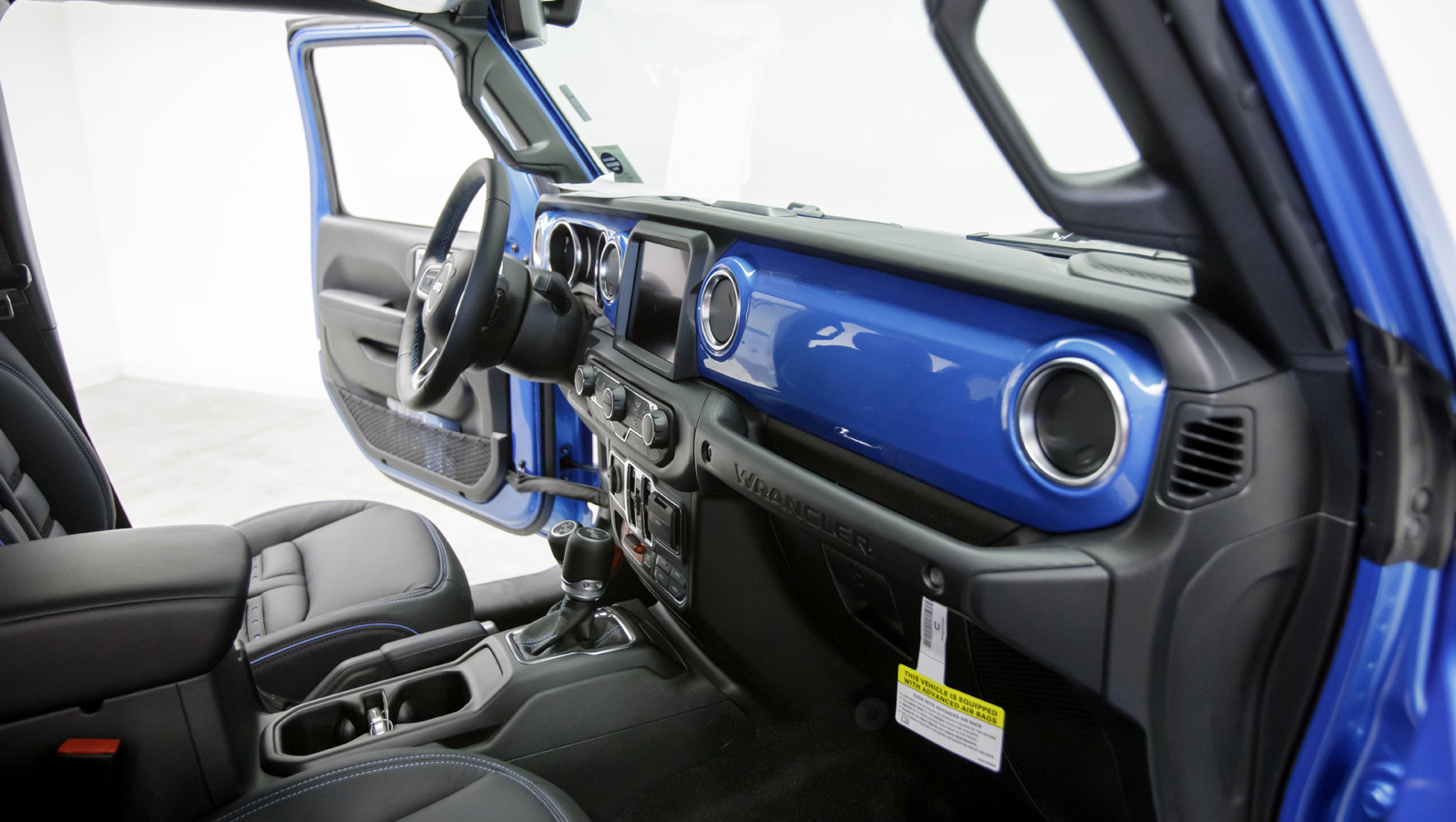
The JL350 adds a number of goodies to the Rubicon 4xe’s off-road arsenal, such as…
- AEV RX Front Bumper
- AEV Non-Winch Cover Plate
- AEV Front Bumper Skid Plate
- AEV 7000 Series LED Off-Road Lights
- AEV Off-Road Light Cover Kit
- AEV 2-Inch DualSport RT Suspension
- AEV Front Geometry Correction Brackets
- AEV ProCal SNAP Module
- AEV Savegre II Wheels – Black
- 35-Inch BFGoodrich All-Terrain KO2 Tires
- Tire Pressure Monitoring System (TPMS) Sensors
- AEV JL Rear Bumper
- AEV RX Tire Carrier
- AEV CHMSL Mount (3rd Brake Light)
- AEV Jack Base
- AEV Branding Package
- AEV IP Cluster
- AEV ProCal SNAP Module
- AEV Logo Headrests
- AEV Vehicle Build Plaque
This Wrangler Unlimited 4xe is now expedition-ready, thanks to AEV’s DualSport RT suspension system which provides the optimal balance for load-carrying capacity and ride quality. The DualSport RT suspension includes AEV frequency-tuned, triple-rate coil springs to provide 2-inches of additional front and rear ride height and a set of custom-tuned Bilstein shock absorbers.
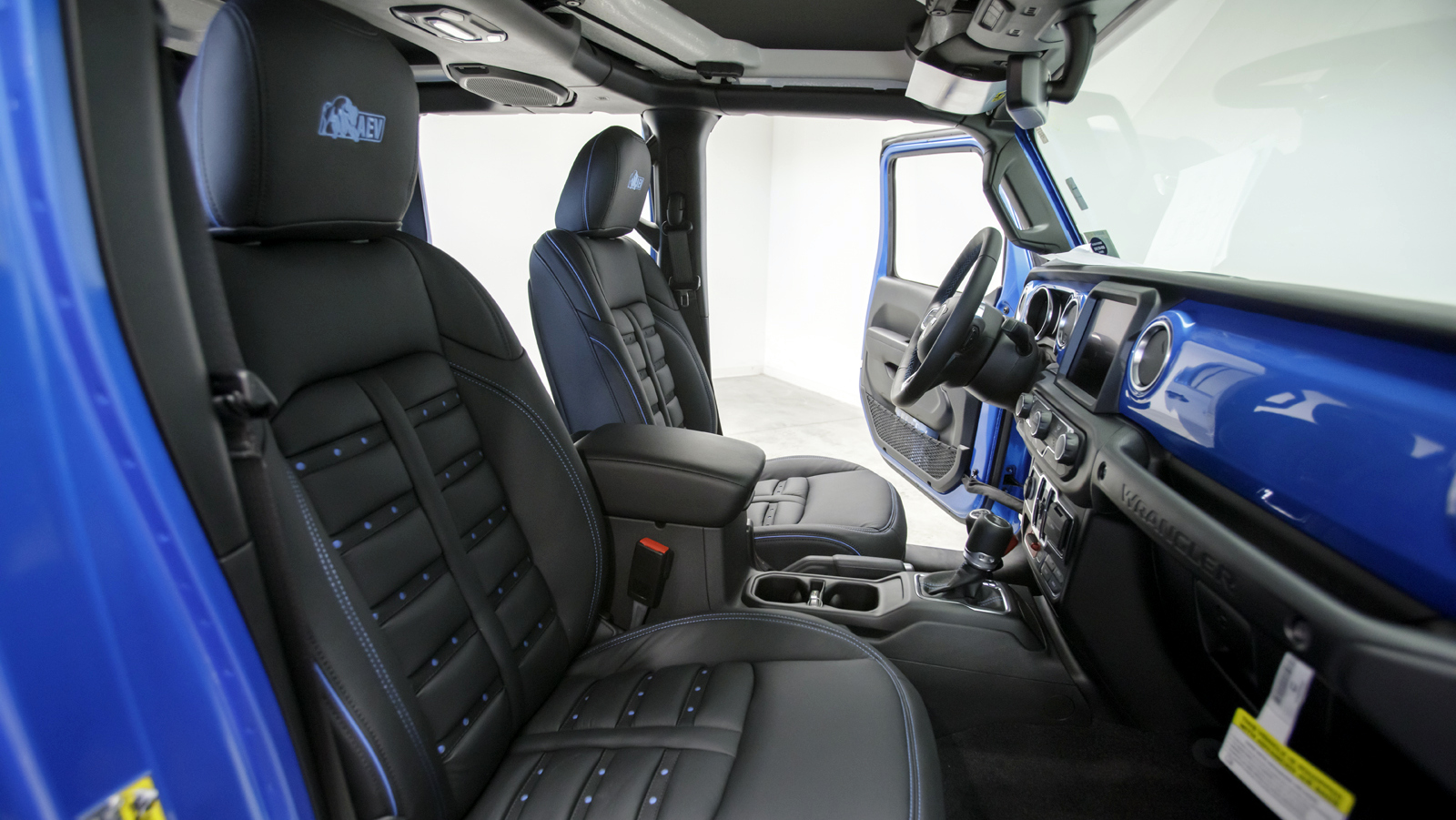
For those who like to explore after the sun goes down, visibility is essential for finding your way in the dark but also for keeping an eye out for wildlife or road hazards in remote areas. AEV 7000 Series LED Off-Road Lights were designed for all-terrain travel and provide an exceptional balance of clarity and distance for improved driver safety and peace of mind.

This particular model is fitted with several optional features, including…
- AEV Salta Wheels – Black (5)
- AEV Front Differential Cover
- AEV Rear Differential Cover
- Warn EVO 10-S Winch Kit
- Baja Design 20-Inch LED Light Bar
- Baja Designs LED Work Light
- AEV Off-Road Light Grille Kit
- AEV F-1 Leather Seat Upgrade
- AEV-Painted Dash Panel
- AEV Front Trail Camera Mount
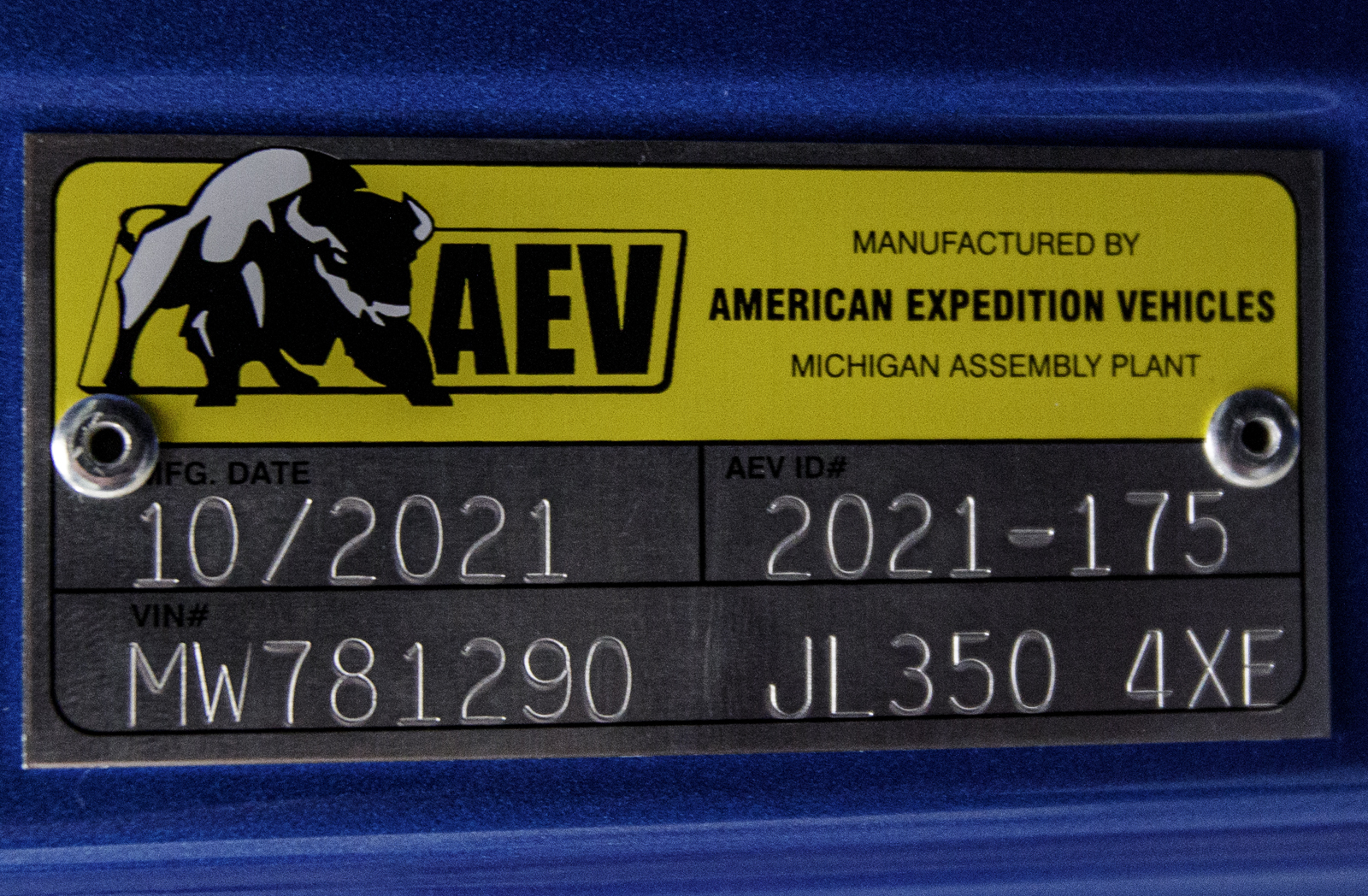
This vehicle shown here has a U.S. Manufacturer’s Suggested Retail Price (MSRP) of $64,060. With all of the AEV JL350 package content and additional options, the AEV updates add another $19,117 to the sticker of the Rubicon 4xe. With a shipping cost of $1,700, the grand total for this build is $84,877. It is currently available through Jeep Only in Las Vegas, Nevada.
2021 Jeep® Wrangler Unlimited Rubicon 4xe JL350 Image Gallery:
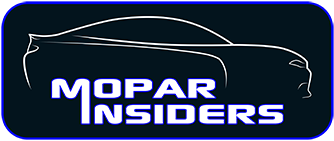
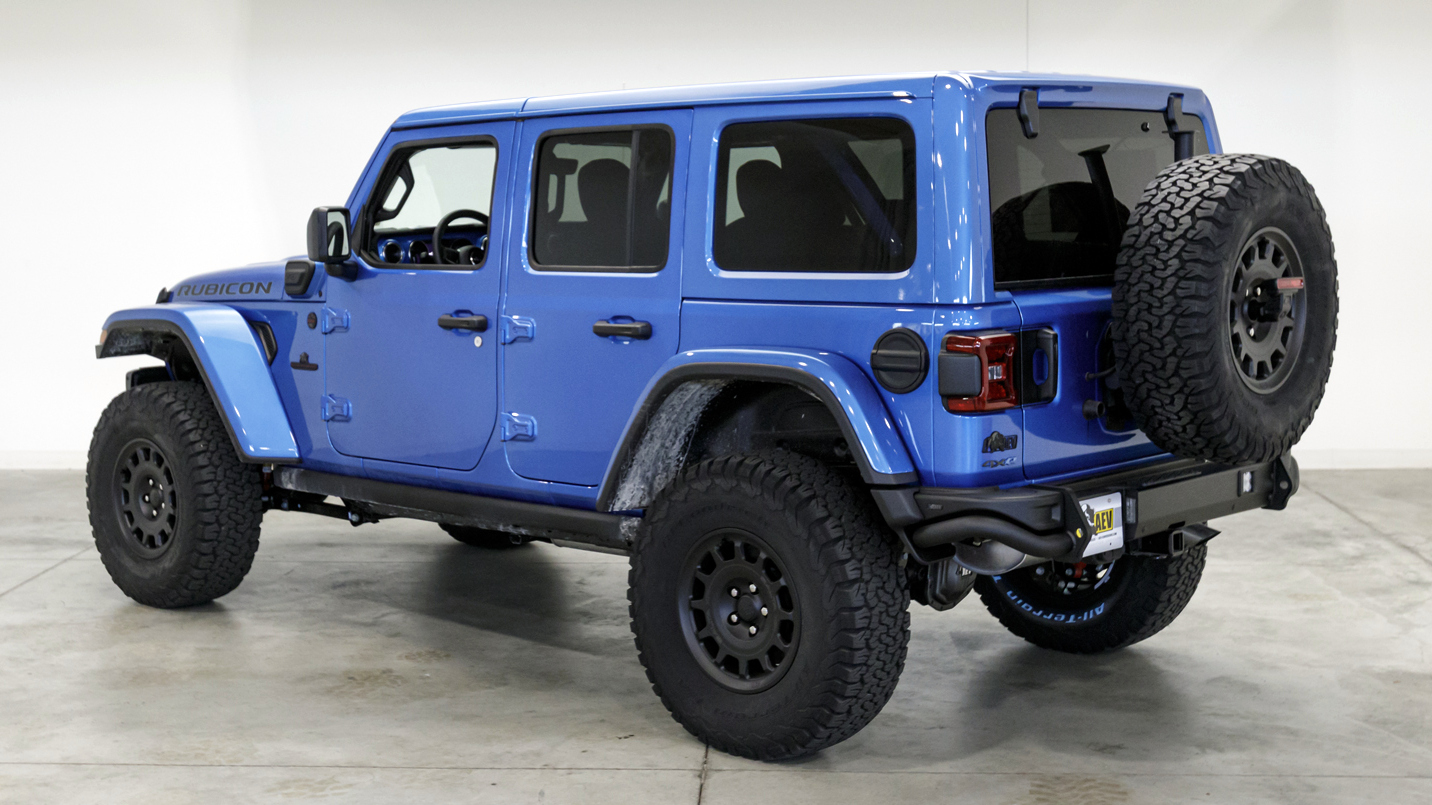
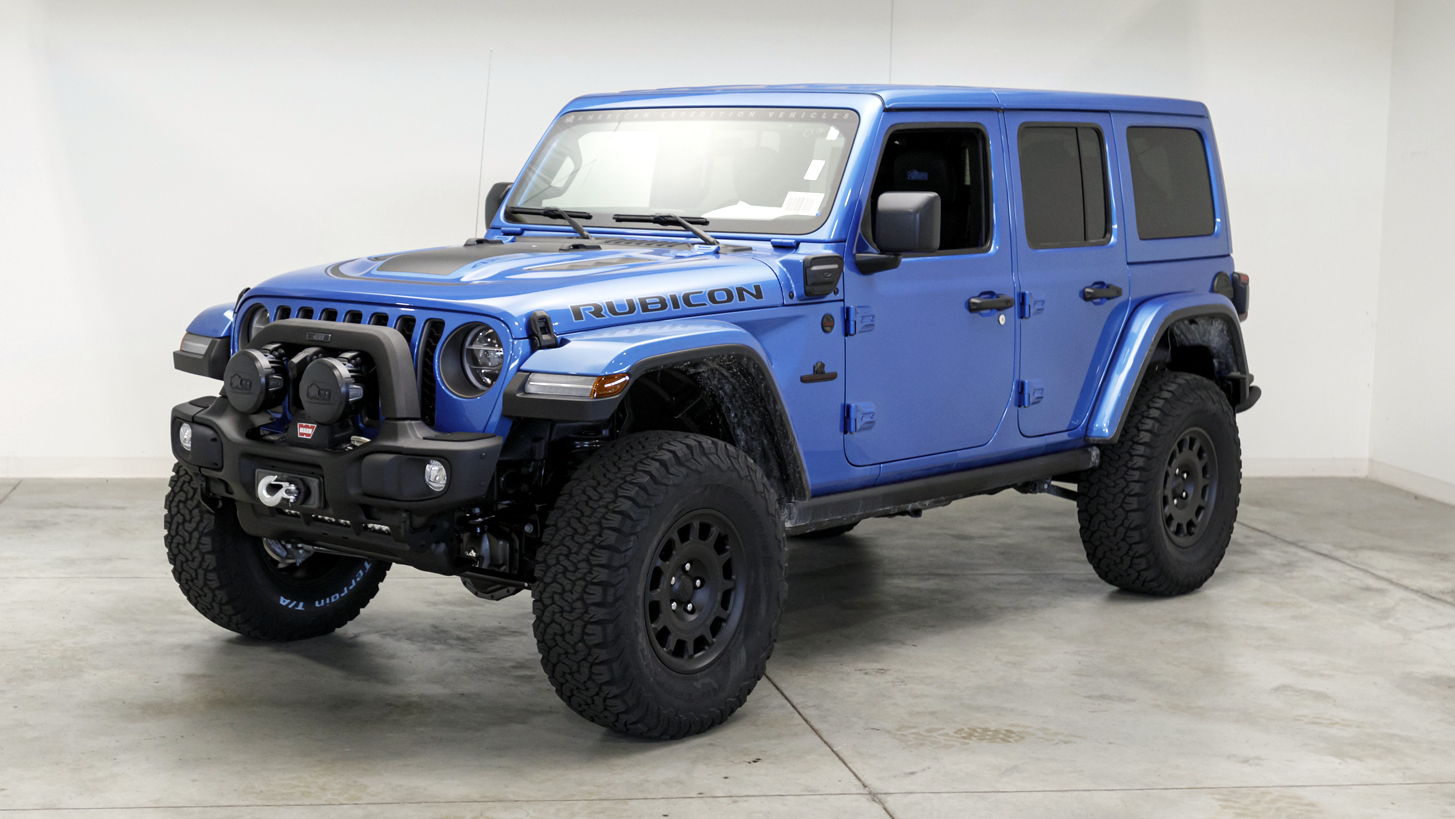
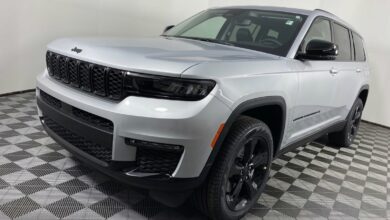
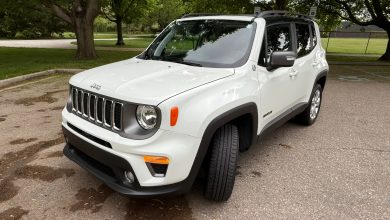
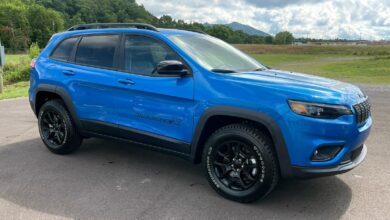
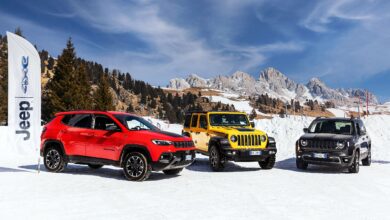
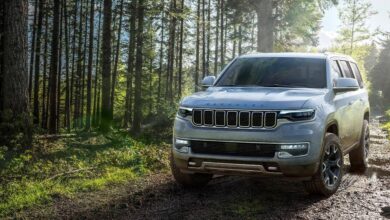
No replies yet
Loading new replies...
Join the full discussion at the Mopar Insiders Forum →